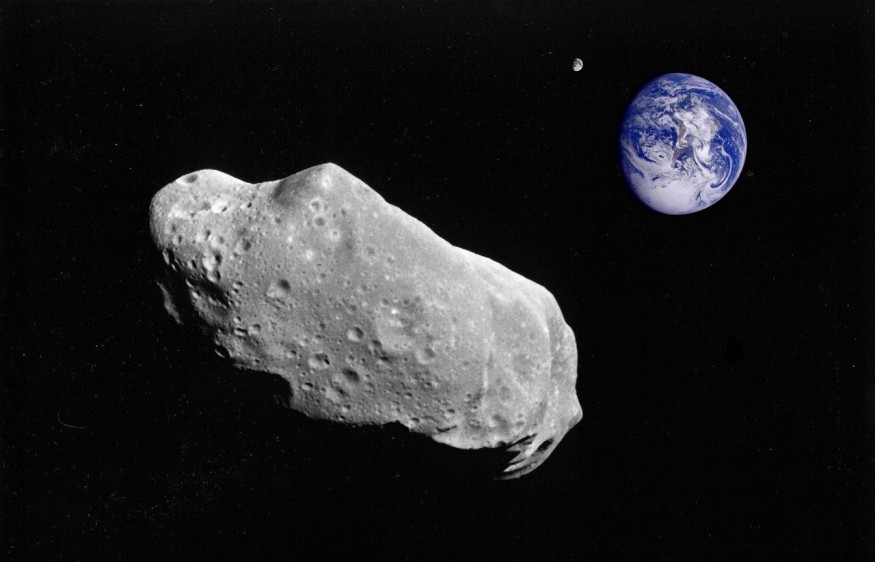
Building-sized asteroid 2023 HP1 is closely approaching Earth today. Its closest distance will be 6,130,000 kilometers, as reported by NASA's Jet Propulsion Lab.
Massive Asteroid 2023 HP1
The Daily Star adds that the 290-foot-wide asteroid moves at a projected speed of 26,000 mph.
Moreover, though the distance of over 6 million kilometers may sound strikingly far, it is actually close enough for it to have been classified as a NEO, or near-Earth object.
Hindustan Times adds that if this object were to alter its trajectory and collide with the Earth, it may result in huge damage. However, the asteroid is likely to just pass by. NASA is also monitoring its movements regularly.
The Jet Propulsion Lab also reports that another building-sized asteroid, 2023 HT4, may make its close approach to Earth on May 12. Its closest proximity would be equivalent to 6,080,000 kilometers.
ALSO READ : Largest 'Potentially Hazardous' Near-Earth Objects Predicted To Have a Close Flyby in 2023
Near-Earth Objects
According to the European Space Agency (ESA), near-Earth objects (NEOs) are comets or asteroids that move around the sun and closely approach the Earth's own orbit. The size of these objects can span from meters to tens of kilometers.
The ESA adds that while there are over 600,000 known asteroids across the entire Solar System, over 20,000 of them have been identified as NEOs.
Because of their considerable proximity to the Earth, NEOs may end up hitting the planet. Depending on how big they are, they can cause damage of varying levels. Though these chances are slim, destruction may result if this were the case. Because of this, agencies, like NASA, are actively monitoring and tracking these cosmic objects.
Planetary Defense: NASA's DART Mission
NASA has also been working towards coming up with planetary defense techniques if a potentially hazardous asteroid (PHA) were indeed to switch its trajectory and be bound for the Earth. This is something that the NASA DART Mission, specifically, has been seeing advances in.
The DART (Double Asteroid Redirection Test) mission is the first demonstration of planetary defense across the world. Last September, it was able to showcase the successful change of an asteroid's trajectory that was induced.
Mostly grounded on a principle known as kinetic impact, this was done by deploying a rocket to hit the asteroid Dimorphos. The Scientific American reports that, after this impact, the asteroid's orbit was shortened by 33 minutes. This shows that smashing asteroids bound for Earth may change their trajectory and divert them away.
Scientists have been looking into the reasons and mechanisms behind the success of such planetary defense methods and feats. They are hopeful that this technique can be utilized to save the Earth if an actual potentially hazardous asteroid or NEO were to hit it.
RELATED ARTICLE : Can Humanity Deflect Potentially Hazardous Asteroids? NASA's DART Mission Successfully Changed the Trajectory of Space Rock Dimorphos
Check out more news and information on Space in Science Times.
© 2025 ScienceTimes.com All rights reserved. Do not reproduce without permission. The window to the world of Science Times.












